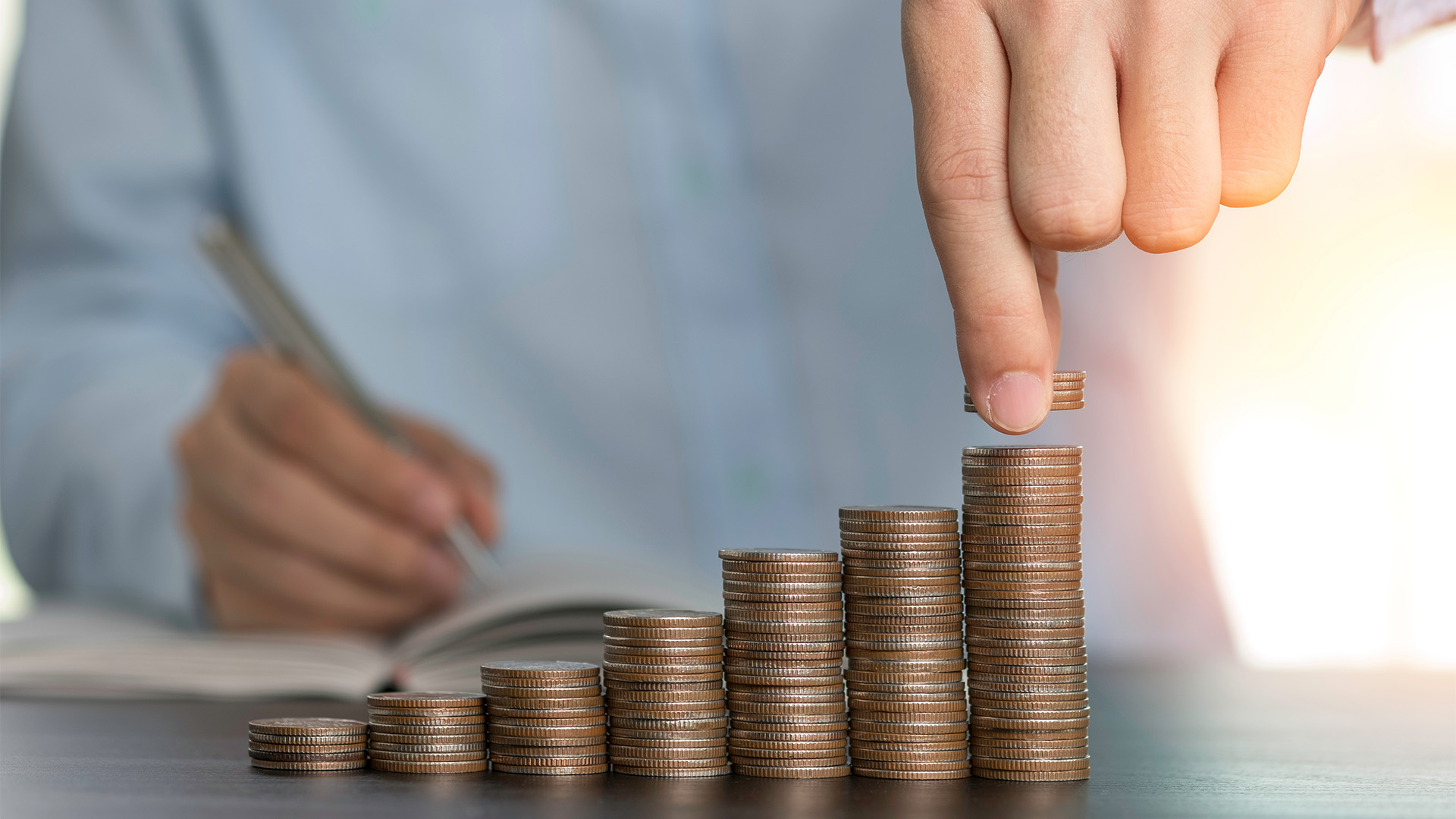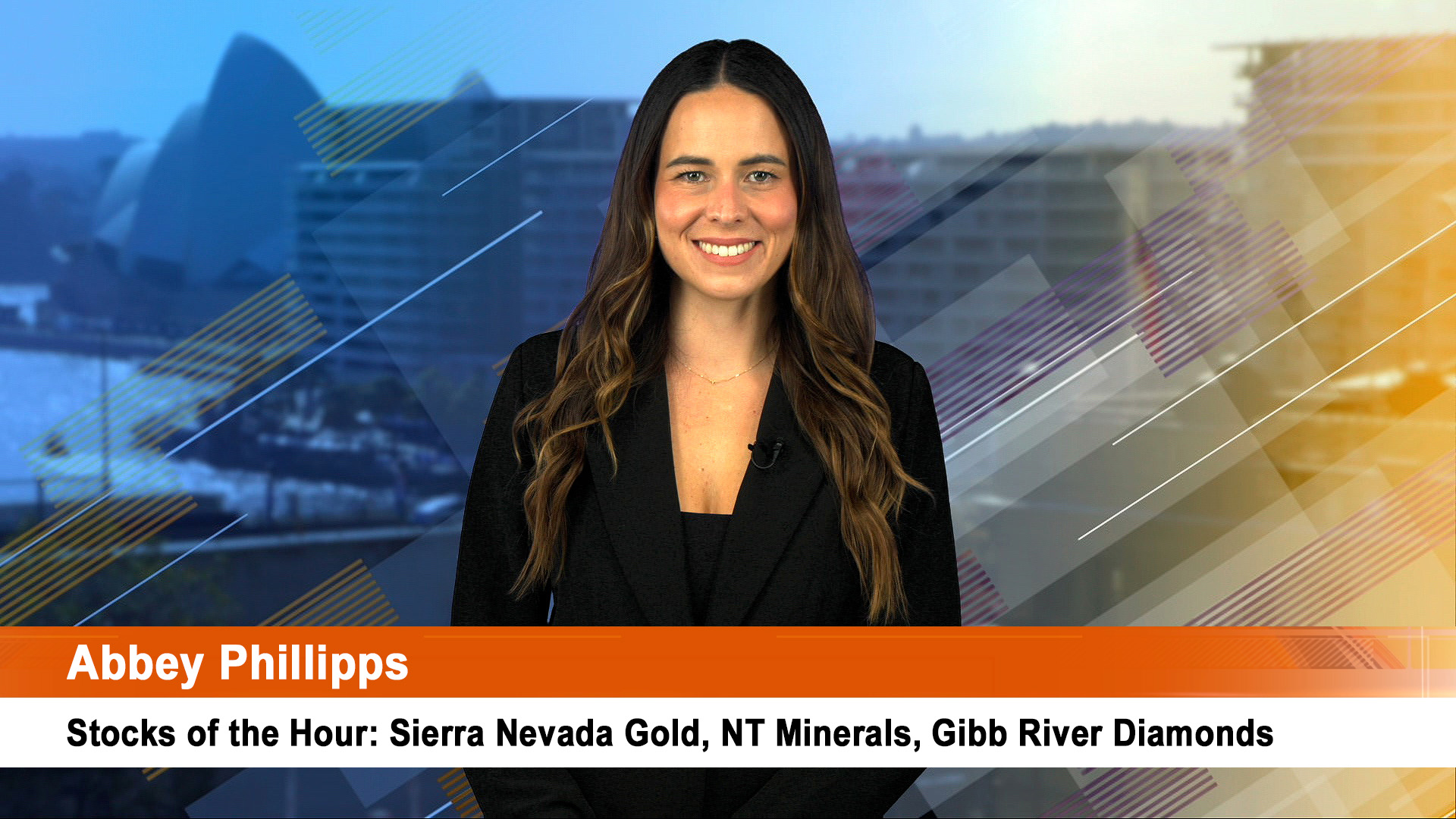Standby for a surge in interest in BHP Billiton’s (BHP) ‘rats and mice’ collection of unwanted assets in aluminium, nickel, manganese and thermal coal after some of them staged solid recoveries in earnings in the six months to December 31.
In fact the company’s aluminium, manganese and nickel division, almost all of which will be spun off, saw operating profits surge in the December half year as better prices and cost cuts worked their magic.
Earnings from the company’s aluminium, manganese and nickel rose nearly five-fold to $US716 million, despite the weak demand for many commodities and the slowdown in demand from China and Europe.
It’s a promising precursor for the new spin off company to be called South32, which will house BHP’s aluminium and manganese units, the Cerro Matoso nickel mine, Cannington silver mine and some coal mines in Australia and South Africa.
The stronger than forecast overall result and finances of BHP, plus the improving outlook for the spin off company helped explain the very solid near 3% gain in BHP shares yesterday to $33.07, the highest they have been since mid last November.
Still unresolved is the ownership of Nickel West in Australia which has failed to find a buyer.
The better than expected performance by these unwanted assets will generate more interest in the spin off which will be made to shareholders mid year, if approved.
So don’t be surprised if the price for the new company’s shares takes a big run upwards on listing.
BHP is expected to publish more details of how it intends to implement the separation of South32 next month.
Shareholders will be asked to support the plan in a vote expected in May.
And the spun off company won’t see BHP cutting back on dividends to shareholders. (The interim was lifted 5% to 62 US cents, or around 79 Australian cents, from 59 US cents a share, or around 64 Australian cents.)
“Should the proposed demerger of South32 be approved, we do not plan to rebase our progressive dividend downwards, implying a higher underlying payout ratio,” the company said in a statement to the ASX yesterday.
"Following the demerger, BHP Billiton will maintain its progressive dividend policy, and any dividends from South32 will represent additional cash returns to shareholders."
Helping that confidence is the resilience in BHP’s cash flows – despite the plunge in iron ore, coal and especially oil and gas prices in the half year.
Free cash flow, the money that is left after operating cash flow is tapped to fund investment in expansion, actually rose during the half by US$709 million to US$4.1 billion. This was despite the 25.5% slide in underlying profit and 12% drop in revenues to nearly $30 billion in the half year.
So it was no wonder that BHP Billiton CEO Andrew Mackenzie pointed out yesterday that this solid cash flow underpinned BHP’s progressive dividend policy, which sees it commit to at least hold dividend and if possible increase it.
“Despite significant falls in the prices of our main commodities over the last six months, group margins remain healthy,” said Mr Mackenzie. That is something of an understatement.
BHP slashed the cash cost of extracting each tonne of iron ore from its huge West Australian iron ore mines by 29% in the half year, to just $US20.35 a tonne, much, much faster than it had planned, and will now push that cost under the $US20 a tonne level.
That means it can continue (as can Rio, which has similar costs), to produce and export as much iron ore as it can, even at its current price of around $US63 a tonne, and even less.
The dramatic cost cut enabled BHP to almost offset all the impact of the slide in the average price of iron ore it received to $US70 a tonne in the latest half year, from $US112 a tonne a year earlier.
As a result, BHP saw returns from its biggest cash machine dip to 58.3c in the dollar (58.3%), down from 63c in the first half of 2013-14. Rio’s also slipped to 63.7c from 69.8c.
That helps explain the company’s resilient financial performance in the half year – its better than expected performance, sharp drop in debt (gearing is now just 22%), rise in net cash flow and higher dividend.













